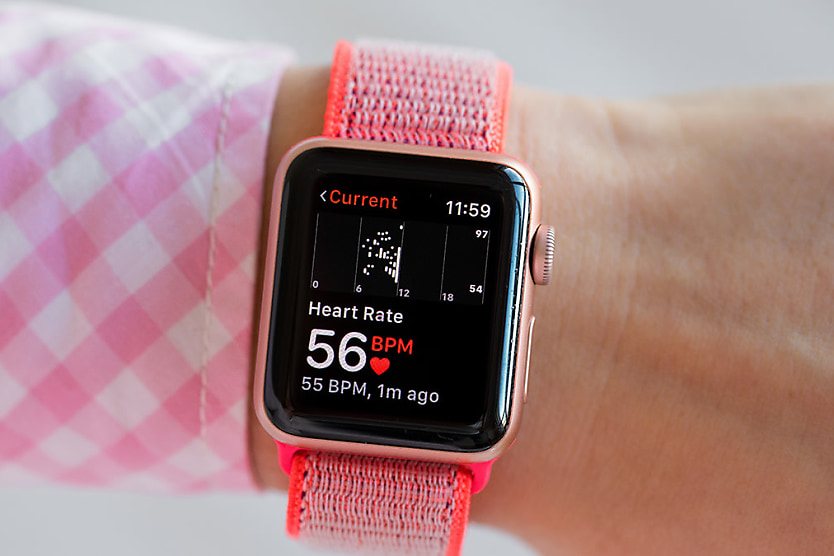Health data could be a driver for ‘radical transparency’ in the workplace
SHARE THIS ARTICLE

Wearable smartwatches are some of the most common accessories that workers have in contemporary society, and they could open a new door for workplace accountability.
HR Leader recently spoke to Aaron McEwan, vice president of research and advisory at Gartner, about the future of work and the ongoing changes happening in workplaces across Australia. McEwan discussed the possible opportunity that health data can provide for radical transparency when it comes to employee wellbeing.
Smartwatches are commonly used throughout Australia, with more than 36 per cent of Australians owning a smart wrist wearable device, according to a 2023 study. These wearable smartwatches have the ability to track your heart rates, cortisol levels, sleep patterns and much more. All of this data can be recorded and compared, even when employees are residing in the workplace.
“Smartwatches are tracking your activity levels, your sleep levels, all of these types of things. So already, close to 60 per cent of employees are tracking the impact that work has on their health and wellbeing,” McEwan said.
“So, I think we’re going to get better and better at looking at the immediate, minute-by-minute impact of work on people’s health and wellbeing.”
McEwan argued that this is only the stepping point for the potential of health data, as companies will have to begin being much more aware of their capabilities in presenting transparency to new talent looking to join their organisation.
“Once we get to the point where smartwatch data gets aggregated, you’ll probably be able to go to a site and look up, give me a list of the companies with the lowest resting heart rate. [You’ll be able to find out] which employees are the fittest or get the most amount of sleep,” McEwan said.
“[That’s] radical transparency around how companies treat their staff, and do they create healthy, risk-free, hazard-free environments. If you think about that combination of the legislation coming through, there’s a distinctive shift in what people want from work in terms of flexibility and healthy workplaces.”
If organisations are setting good standards around employee health and wellbeing, they could use the positive health data as a source to lure talent to their company, and use it as a retention strategy.
“When we get to that step of it being aggregated, that’s all pointing to a future where there’s huge interest in employee health and wellbeing. That’ll become a competitive component of how people attract staff,” McEwan said.
RELATED TERMS
An employee is a person who has signed a contract with a company to provide services in exchange for pay or benefits. Employees vary from other employees like contractors in that their employer has the legal authority to set their working conditions, hours, and working practises.
Kace O'Neill
Kace O'Neill is a Graduate Journalist for HR Leader. Kace studied Media Communications and Maori studies at the University of Otago, he has a passion for sports and storytelling.

